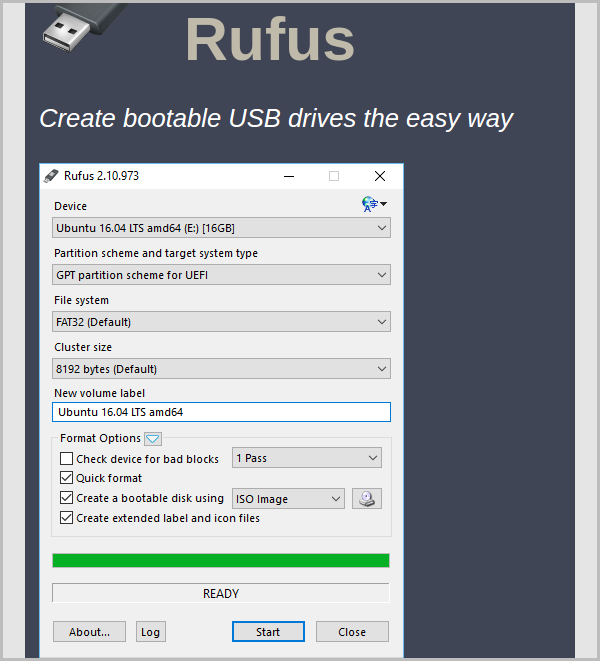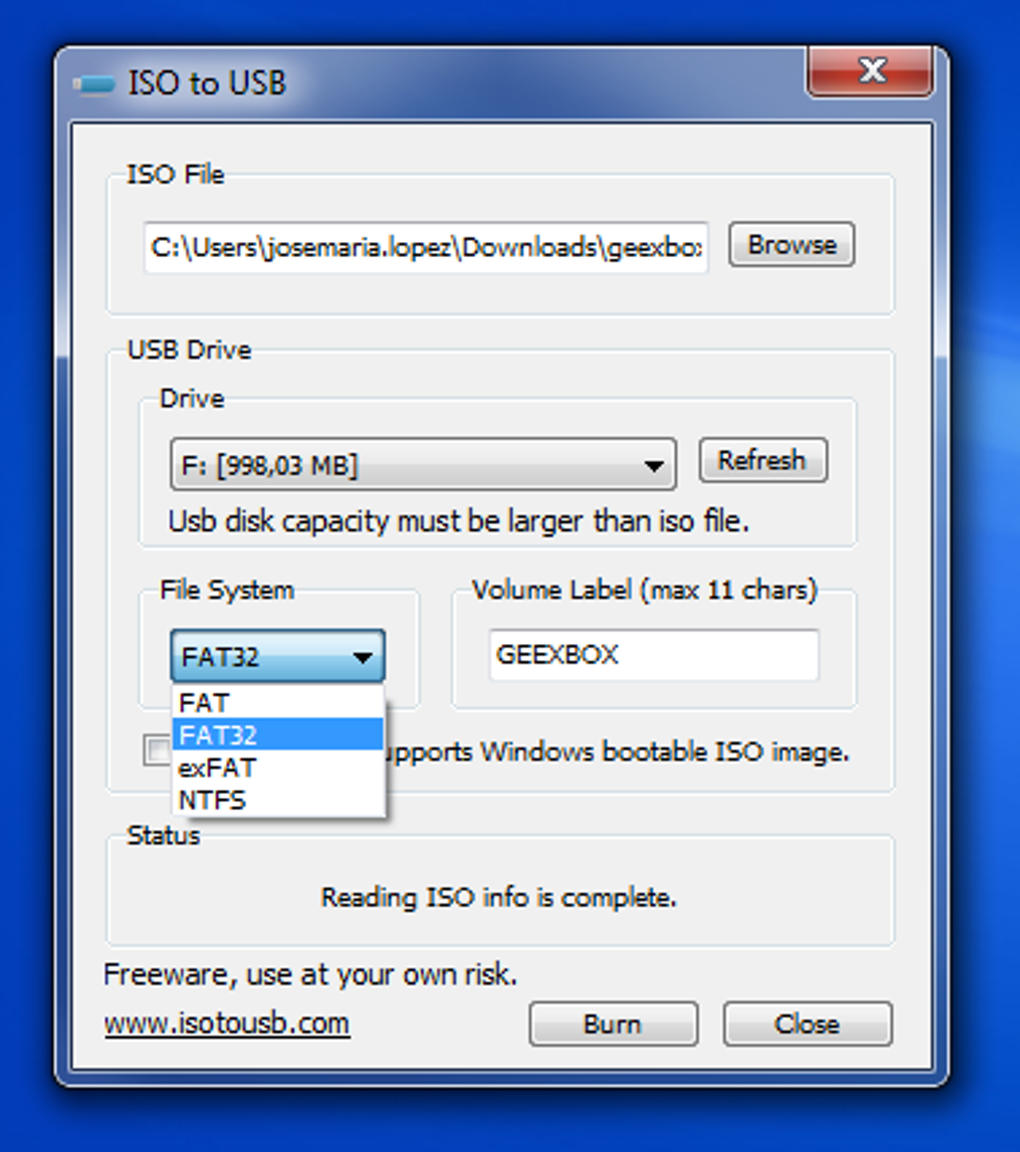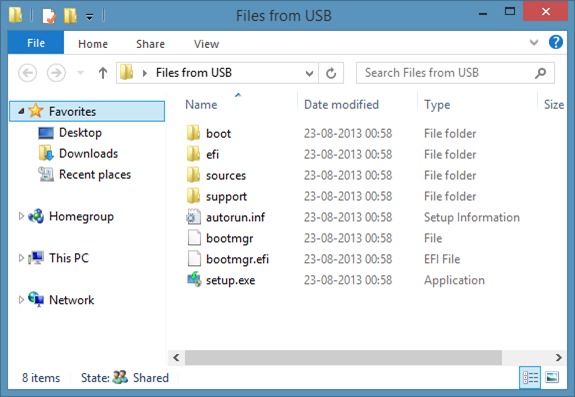

If your BIOS menu doesn’t list a USB item in the BIOS settings, it may mean that it can’t boot from a USB drive. If you’re using a computer with Fast Boot option, make sure that Fast Boot is disabled.

If you are using a new computer with UEFI/EFI, make sure that the Boot Legacy option is enabled: A Boot Device menu can look like this, depending on your computer model and Windows version: If a Boot Device menu doesn’t appear on your screen where the USB drive is plugged-in, check the BIOS/UEFI settings. To make sure that your BIOS/UEFI is configured to boot from a USB drive, follow our Boot from USB drive guide. The USB drive you want to make bootable should have at least 4 GB in available size.

If you have the original Windows installation disc, you can use that instead of the ISO image. You have the ISO image of Windows XP, Vista, 7, 8 or 8.1.Your BIOS/UEFI is properly configured to boot from the USB flash drive first.The USB drive is empty and properly formatted.Before you start creating a bootable USB flash drive to install Windows (XP, Vista, 7, 8, 8.1, 10), you need to make sure that:


 0 kommentar(er)
0 kommentar(er)
